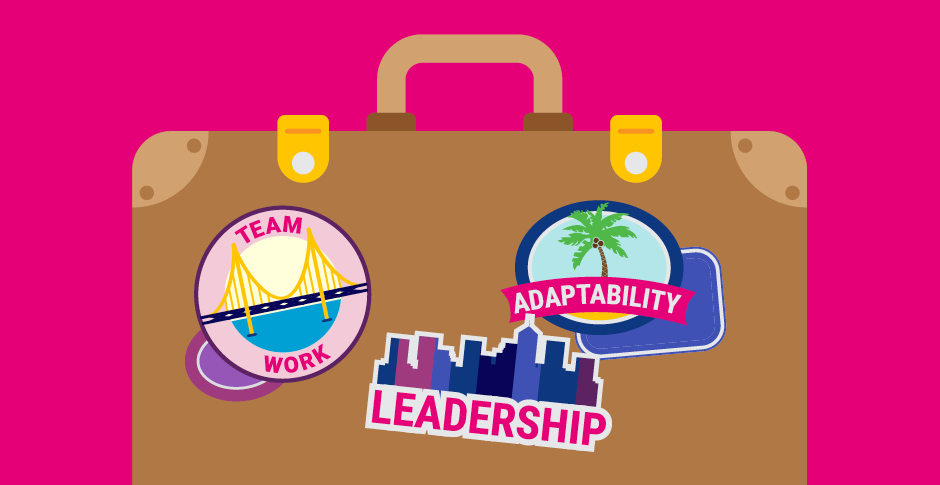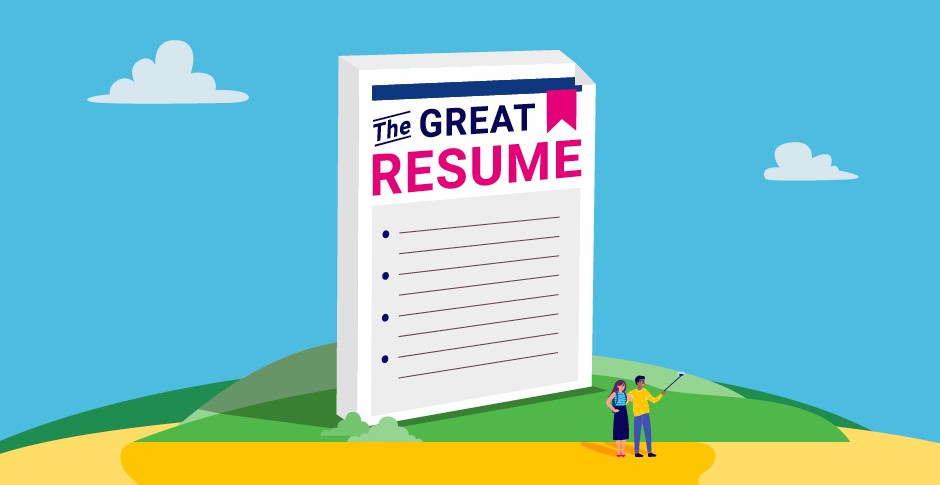If you’ve submitted a resume lately, you’ve probably wondered what the employer or hiring manager who reads it will really think.
It’s a good thing if you’re thinking like this – it means you’re considering the employer’s point of view and how you can impress them.
But you can go one step further and actually review your resume the way an employer would, putting it to the test so you can improve it before you submit.
Here’s how to test your resume in three different ways so you can make it as appealing as possible to potential employers.
1. The measurement test
How to test it: The style for writing resumes has changed over time. Once, it was enough to use simple, general business speak such as performed multiple tasks. But now that wouldn’t be specific enough. Employers want to see how you’ve made an impact in ways you can measure or quantify, according to Joanne Besser, director at recruitment company Career Threads.
An employer would likely look at your resume to see the ways you’ve contributed to the businesses or organisations you’ve been employed by. They’d want to see how this contribution can be measured through some results or other information to back it up.
How to improve it: Besser suggests writing or revising your resume in a way that is conversational but focused on measuring your achievements. For example:
- Grew email subscriber list from 80 to 200 in six months by implementing new email format
- Reorganised storage of supplies, reducing time spent on inventory by 20%
Whichever industry you’re in, see what you can measure or quantify in your career history. A social media manager could quantify their success by increases in online engagement or sales conversion rates. A hairdresser could measure their success by a client feedback system, ratings or industry awards achieved. A management consultant might demonstrate their impact by measuring how certain strategies reduced a client’s expenditure.
If you’re struggling to find results or achievements, simply quantifying the work you did could give employers a better sense of your capabilities. For example, Responsible for the training of new employees could become Led weekly training sessions for 8 new employees over six weeks, and created a 10-page training manual.
2. The skim test
How to test it: Many of us are under time pressure in our jobs, and employers often don’t have enough time to read every application they get in detail. Making the most important parts of your resume stand out is key. Employers will likely skim over your resume at first, to see if they can get an idea of the skills and experience you’ve got to offer at a glance.
To test it, have someone skim over your resume for 30 seconds and tell you what they noticed or took away from it. If their response doesn’t match your intentions – for example, you want your technical skills to stand out, but they only really noticed the names of the companies you worked at, you might need to rethink the structure of your resume. Do this test a few times, getting different people to look at it, until you get the answers you’re hoping for.
How to improve it: Structure your resume so the most relevant information shines the brightest. You could do this by listing your top four achievements under each job title and organisation (instead of listing every responsibility or task performed in a role), and listing the most recent or relevant roles up top. Besser says that when putting someone forward for a role, her clients are usually most interested in a person’s achievements and experience, “not only where they worked or what their job title was.”
3. The language test
How to test it: Many large companies now use an automated Applicant Tracking System (ATS) to scan resumes and help them identify the most relevant ones. To do this, an ATS looks for key words that match the job description. With this in mind, it’s important to make sure your resume includes the words and phrases most relevant to the job.
Testing your resume via an ATS is course not something you can readily do yourself. Instead, ask someone to review the job ad and your resume side by side to see how well they match.
How to improve it: Refer back to the job ad for the role you’re applying for, and highlight any key words that are relevant to you – for example skills, attributes, types of technology or ways of working. Then insert them into your resume in the relevant sections. Whether the employer or recruiter uses an ATS or not, using industry terminology will help show that you know your field.
A great resume is key to making a good impression, and testing your resume can help you consider an employer or hiring manager’s point of view. “Put yourself in an employer’s shoes and consider their mindset, time schedule and what they’re requesting in the job description,” Besser says. By considering the employer’s perspective and refining your resume with this in mind, you’re positioning yourself as best you can to land the role.
Read more:
5 ways to impress a potential employer in a different industry
What to do when you don't hear back on a job application
4 tips for getting your application noticed



